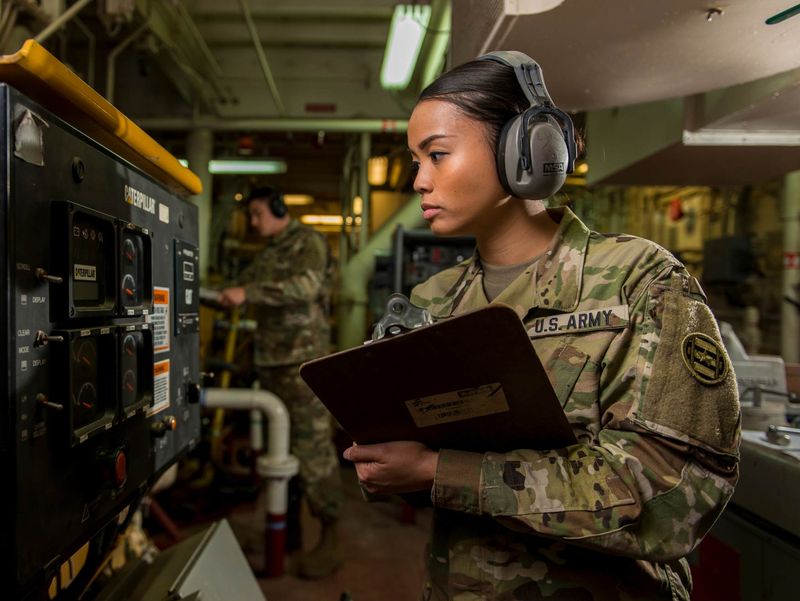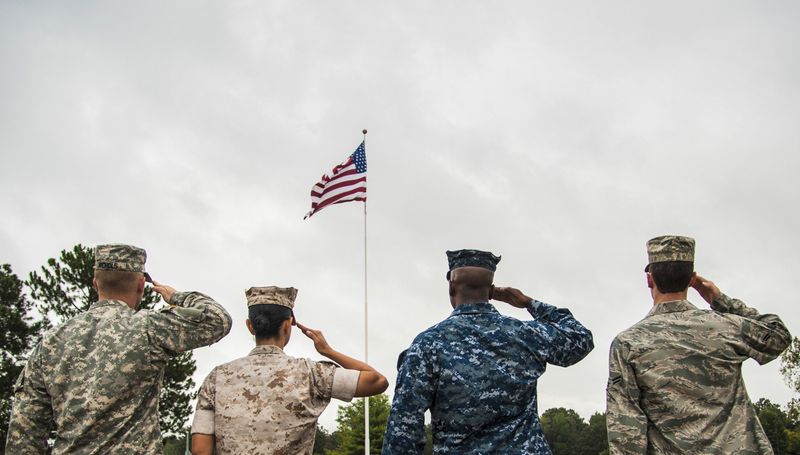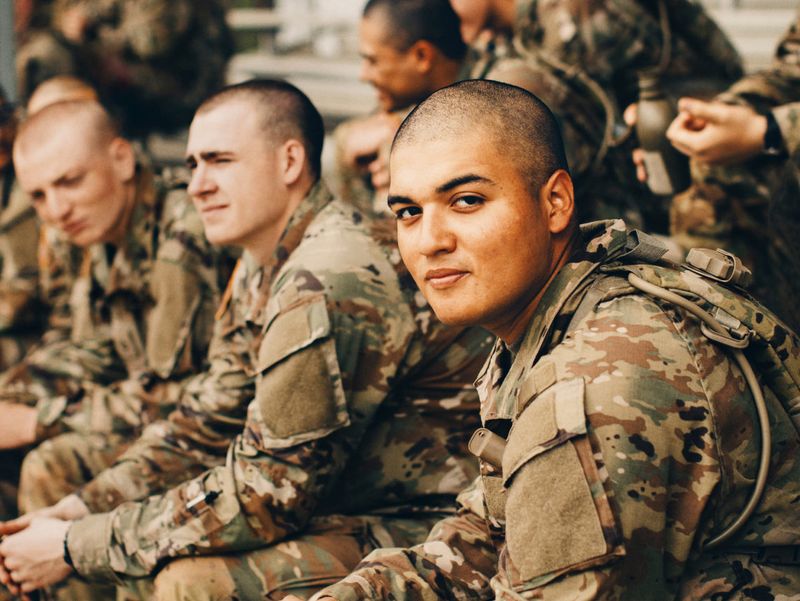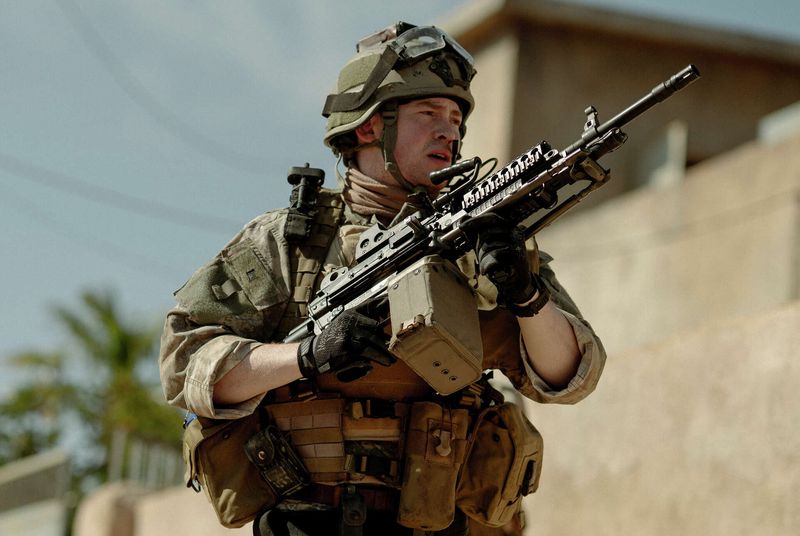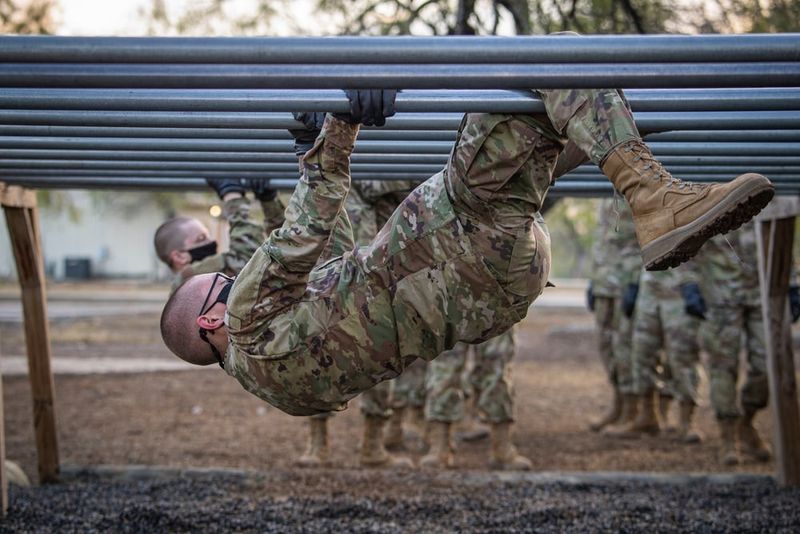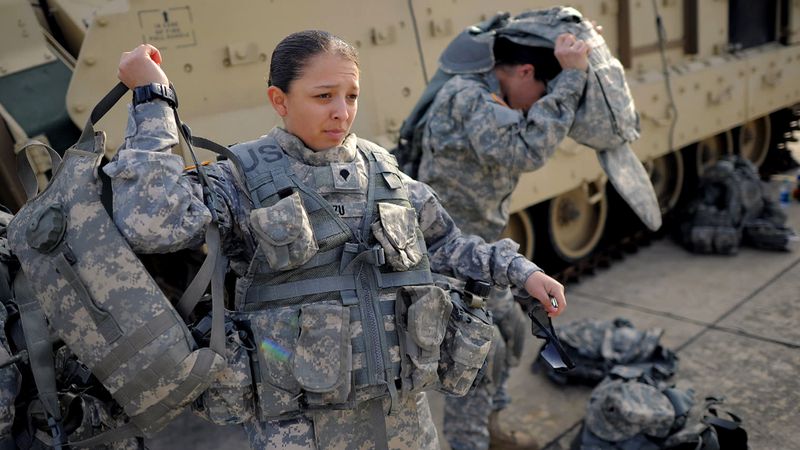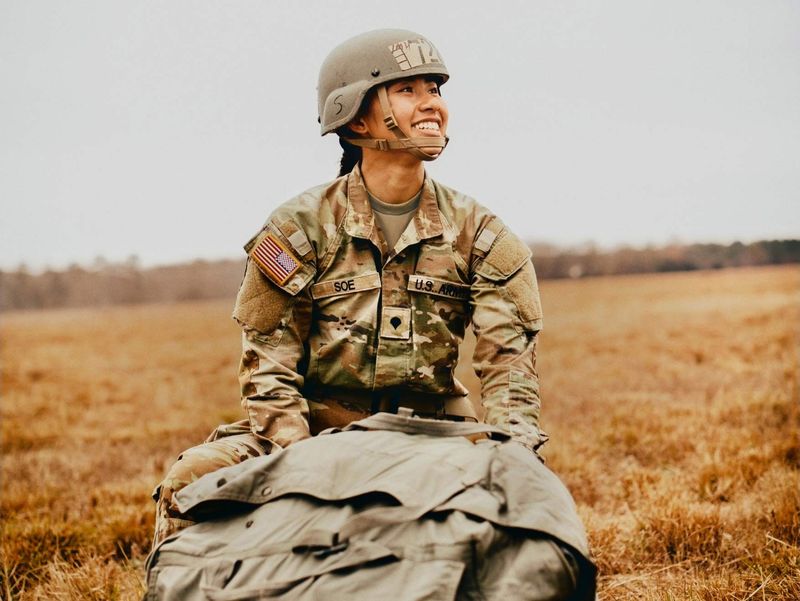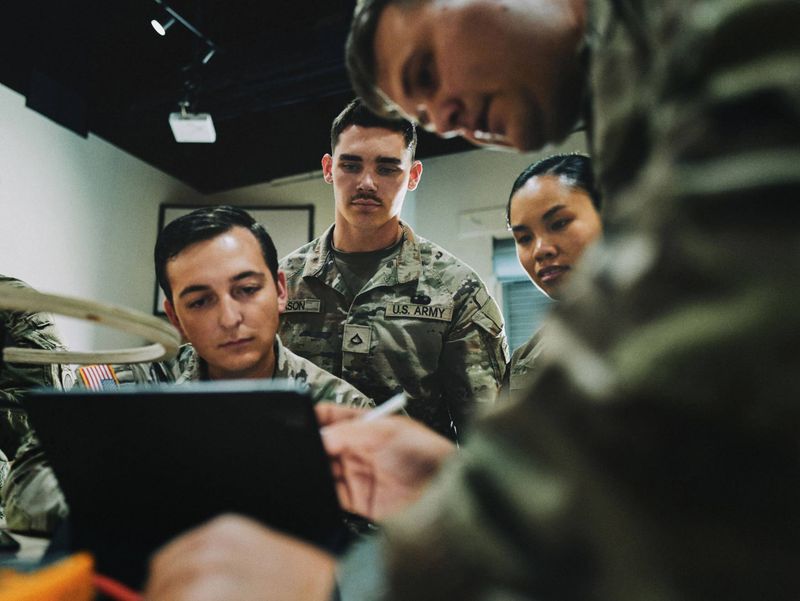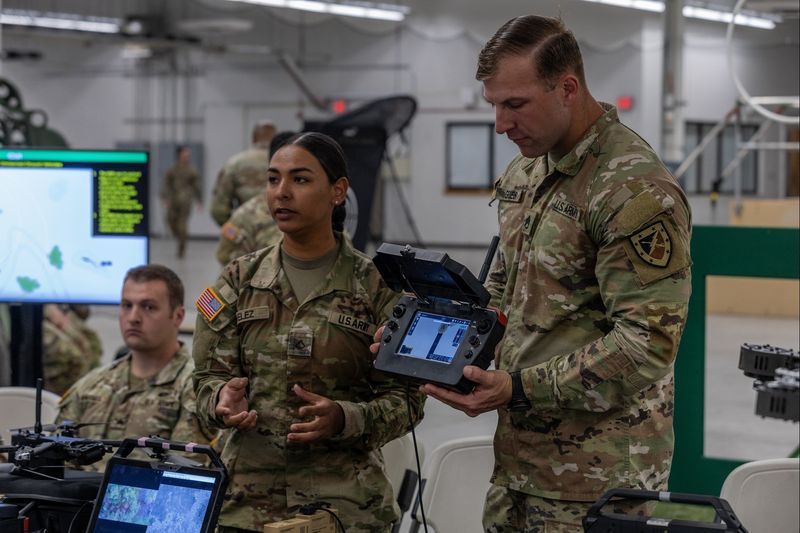The U.S. military is a complex and multifaceted institution, often misunderstood by the general public. Many myths persist about military life and service, shaped by movies, media, and misconceptions.
This blog post aims to debunk some of these myths, offering a clearer picture of what being in the military truly entails. From the roles of service members to the everyday realities they face, we will explore the surprising truths behind common misconceptions.
Whether you’re a civilian, considering enlistment, or simply curious, this article will shed light on the diverse and dynamic nature of the U.S. military.
1. Everyone in the military goes to war
Many people assume that joining the military automatically means you’ll be sent to the front lines of battle. However, this is far from reality. While combat roles exist, a significant portion of military jobs are non-combat. These include logistics, engineering, intelligence, IT, and more. These roles are crucial for the functioning and support of combat operations.
Service members in these positions play vital roles in ensuring that those in combat have the resources and information they need. It’s a vast network of support that extends beyond the battlefield.
Understanding this diversity of roles can change perceptions about military service.
2. The military is just one big branch
Contrary to popular belief, the U.S. military is not a single monolithic entity. It comprises six distinct branches: the Army, Navy, Air Force, Marine Corps, Coast Guard, and the recently established Space Force. Each branch has its own unique mission, culture, and operational scope.
For example, the Army primarily focuses on land-based operations, while the Navy secures and operates at sea. The Air Force dominates the skies, and the Space Force focuses on space operations and defense.
The diversity among branches highlights the multifaceted nature of military operations, each contributing to national defense in unique ways.
3. All service members are front-line fighters
The image of every service member as a front-line fighter is a common misconception. In reality, only a small fraction of the military is directly involved in combat. The majority of service members operate in support roles that are equally critical to military success.
These roles include medical staff, logistics coordinators, intelligence analysts, and communications specialists. They ensure that combat units have the resources and support needed to fulfill their missions.
Recognizing the importance of these support roles can provide a more comprehensive understanding of military operations and the teamwork involved.
4. Military life is like what you see in the movies
Movies often dramatize military life, creating a picture filled with constant action and heroics. However, the daily reality for service members is quite different. Military life encompasses regular training, administrative duties, and routine tasks that are far from the high-drama scenarios depicted on screen.
While movies tend to focus on combat and high-stakes missions, much of military life involves preparation and support. Real service members spend a lot of time honing their skills and maintaining readiness.
Understanding these nuances helps demystify the daily experiences of those in uniform, beyond the Hollywood lens.
5. Basic training is the hardest part
Basic training is often seen as the toughest challenge in the military. While it is indeed rigorous, it is just the beginning. Many service members find that the challenges of deployments and daily duties can be equally demanding, if not more so.
Deployments can involve long periods away from family, in unpredictable environments, requiring resilience and adaptability. Daily duties require continuous learning and maintaining physical and mental readiness.
Understanding that basic training is merely a starting point can prepare prospective service members for the broader spectrum of challenges they will face.
6. You lose all freedom in the military
A common myth is that joining the military means losing all personal freedom. While military life involves discipline and adherence to rules, service members still enjoy personal lives, rights, and freedoms.
Service members can start families, pursue hobbies, and further their education. They have access to various recreational facilities and opportunities to travel and explore new cultures.
This balance of duty and personal life proves that military service, while structured, allows for individual growth and personal pursuits.
7. The military only exists for combat
While combat is a fundamental aspect of the military, it’s not the sole purpose. The military also plays vital roles in humanitarian aid, disaster relief, and scientific research.
For instance, military units have been instrumental in delivering aid during natural disasters, such as hurricanes and earthquakes. They also contribute to international peacekeeping missions and scientific endeavors, like Arctic research.
These multifaceted roles demonstrate the military’s commitment to global stability and humanitarian efforts, extending beyond the battlefield.
8. Military pay is always low
There’s a misconception that military pay is consistently low, but this doesn’t capture the full story. While starting salaries may be modest, service members receive extensive benefits.
These include housing allowances, healthcare, bonuses for specific roles, and educational benefits like the GI Bill. These benefits can significantly enhance the overall compensation package and provide financial stability.
When evaluating military pay, it’s important to consider these comprehensive benefits, which make military service an attractive career option for many.
9. Veterans are all deeply traumatized
The stereotype that all veterans are deeply traumatized is misleading. While some do face mental health challenges, many successfully transition to civilian life, pursuing careers, education, and community involvement.
Veterans often bring valuable skills and experiences to the civilian workforce. Support networks and programs are available to assist those who need help adjusting.
Understanding this broader narrative helps combat the stigma surrounding veterans and highlights the positive contributions they make to society.
10. You can’t have a college degree and join the military
It’s a myth that a college degree is incompatible with military service. Many officers and specialists hold advanced degrees, enriching the military with diverse expertise.
The military offers opportunities for service members to pursue higher education, either before joining or while serving. Programs like ROTC and tuition assistance make it possible.
This educational diversity strengthens military capabilities and provides personal growth opportunities for service members, showcasing the military as a place of continuous learning and development.
11. Women aren’t in combat roles
The belief that women are excluded from combat roles is outdated. Women now serve in various combat and leadership positions across all branches of the military.
They have demonstrated their capabilities in numerous operations and continue to break barriers in traditionally male-dominated fields.
Acknowledging the contributions of women in combat roles reflects the evolving landscape of the military and its commitment to inclusivity and diversity.
12. Once you enlist, you’re stuck for life
Some people think that enlisting means a lifetime commitment, but that’s not true. Military service contracts have set terms, typically ranging from 4 to 6 years, allowing service members the option to transition out.
Many go on to successful civilian careers, utilizing skills and experiences gained during their service. Transition assistance programs support this process.
Understanding the temporary nature of military contracts can alleviate fears about commitment and encourage individuals to explore military careers without feeling trapped.
13. The military is only for those who couldn’t do college
This myth undermines the diverse educational backgrounds of service members. The military attracts individuals with varying levels of education, from high school graduates to those with advanced degrees.
It offers advanced training and educational opportunities, allowing service members to pursue technical certifications and degrees.
Recognizing this intellectual diversity helps dispel the myth and highlights the military’s role in fostering continuous learning and professional development.
14. All veterans are elderly
The image of all veterans as elderly is misleading. Many veterans are in their 20s and 30s, having completed just a few years of service.
These young veterans contribute actively to their communities and pursue new careers and education opportunities.
Understanding the age diversity among veterans helps paint a more accurate picture of those who have served and their ongoing contributions to society.
15. The military doesn’t change
The belief that the military is static and unchanging is false. It constantly evolves, adapting to new technologies, tactics, and societal shifts.
From advancements in cyber warfare to the introduction of new tactical gear, the military strives to stay at the forefront of innovation.
Recognizing this evolution showcases the military’s commitment to progress and its ability to meet modern challenges head-on.

